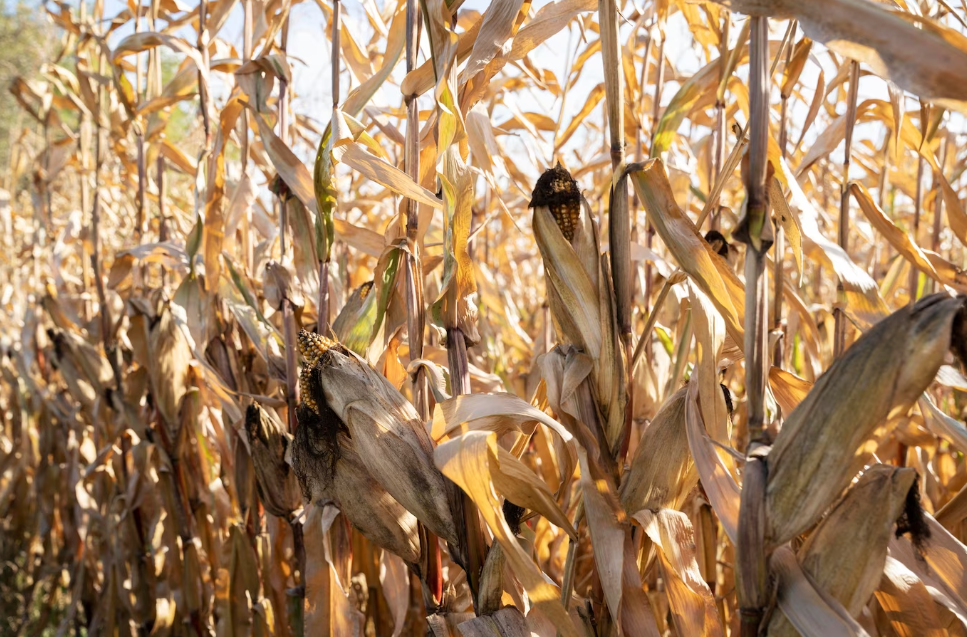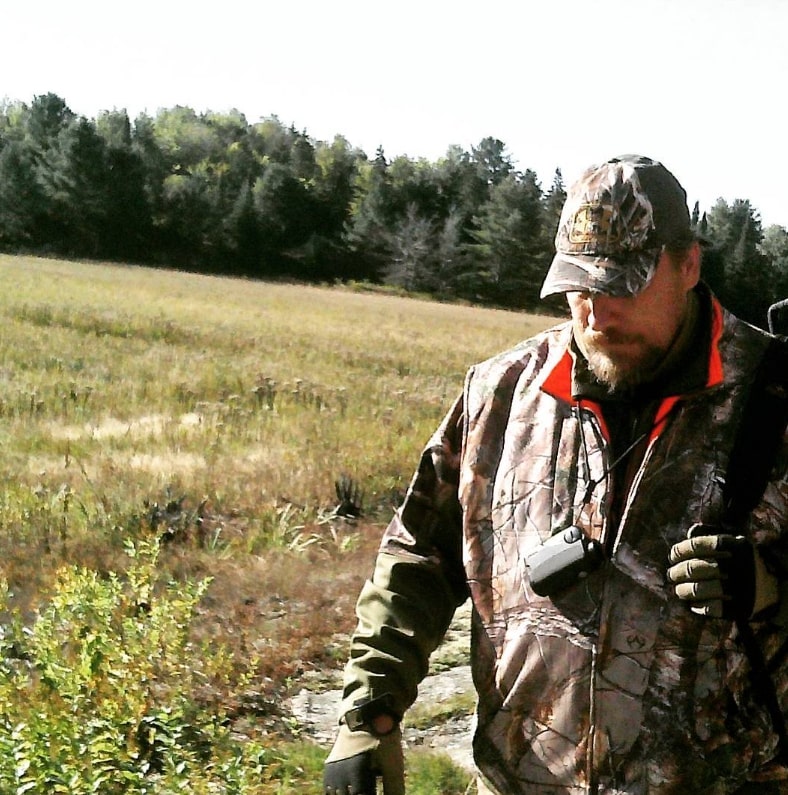Hunting Whitetail Deer around Corn Fields


Hunting Whitetail Deer around Corn Fields

The practice of hunting whitetail deer around corn fields is one that has garnered popularity among hunters for its effectiveness. Whitetail deer, known for their herbivorous tendencies, feed on crops such as corn, making these fields a prime location for hunting. In this article, we will delve into some important factors that should be taken into consideration when engaging in this activity.
Safety should be the primary consideration when hunting whitetail deer around corn fields. Hunters must have a good understanding of the terrain and be aware of any nearby residences or structures that may pose a risk. Knowledge of the hunting regulations in the area and obtaining necessary permits or licenses is also crucial. Appropriate safety gear like blaze orange clothing must be worn, and safe hunting techniques should be practiced at all times.
Another crucial aspect to consider is the time of day. Whitetail deer are mostly nocturnal and tend to be more active during dawn and dusk, so hunters should plan to hunt during these periods. Weather conditions should also be taken into account, as deer tend to be more mobile on cooler, overcast days than on hot, sunny ones.
Scouting the area around the corn field is an important pre-hunt activity. This includes examining the perimeter of the field and searching for signs of deer activity such as tracks, droppings, and possible entry or exit areas like trails or fence gaps. Through scouting, hunters can gain insight into the behavior of the deer, allowing them to formulate an effective plan for setting up their hunting stand or blind.
One popular technique for hunting whitetail deer around corn fields involves setting up a ground blind or tree stand near a corn feeder or food plot. Corn feeders attract deer, providing them with a reliable source of food and making them a great location for hunting. However, it is essential to note that some areas may have regulations on the use of corn feeders or baiting in hunting, so it is crucial to check these regulations before attempting to use this technique.
When setting up a ground blind or tree stand, hunters should take note of the direction of the wind. Deer have a keen sense of smell and can detect the scent of hunters from far away, so positioning the stand in a manner that allows the hunter to approach and leave without alerting the deer is vital. This may involve setting up the stand downwind of the deer or using scent-eliminating products to reduce the hunter’s scent.
Stalking or still-hunting the deer is another technique used for hunting whitetail deer around corn fields. This technique involves moving slowly and quietly through the field, looking for any signs of deer activity. However, it can be challenging as deer have excellent hearing and vision, making them capable of detecting the presence of hunters. Hunters must move slowly, take care to avoid making noise, and use natural cover like trees and bushes to conceal themselves from the deer. It is essential to note that this technique may not be legal in all areas, so hunters should check local regulations before attempting it.
Other factors that can impact the success of hunting whitetail deer around corn fields include camouflage, weapon choice, patience, and persistence. Hunters should wear camouflage clothing that blends in with the natural surroundings and minimize movement while in the field. They should also choose a weapon they are comfortable and skilled with, take time to practice their shooting skills, and remain patient and alert during periods of inactivity.
Finally, it is crucial to respect the animals being hunted and the natural environment. Hunters should avoid damaging crops or other vegetation and refrain from disturbing other wildlife in the area. It is also important to follow all local hunting regulations and take only safe and ethical shots.
In conclusion, hunting whitetail deer around corn fields can be a rewarding and challenging experience for many hunters. By taking the time to scout the area, choose the right equipment, and employ effective hunting techniques, hunters can increase their chances of success while minimizing the impact on the natural environment. However, it is important to prioritize safety and to always act responsibly while in the field.




